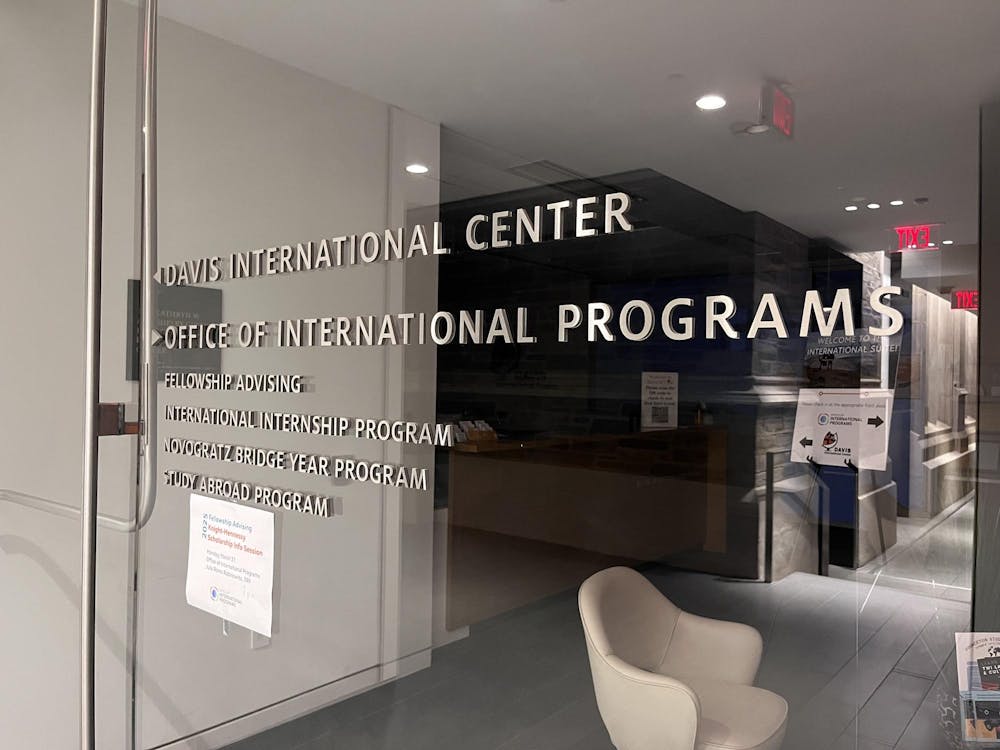President Shirley Tilghman is currently co-chairing a National Institutes of Health review board examining problems with the biomedical career path. Tilghman was appointed as co-chair in December along with NIH Deputy Director for Extramural Research Sally Rockey. NIH announced the remaining 10 members of the board late last month.
Tilghman said that the committee would be examining the career tracks of biomedical workers, citing the average age of 42 for a first-time NIH investigator as a sign that there is a problem. “Anybody who has thought about this even for a few minutes knows that there is something broken in the career path from graduate student to independent investigator,” she said.
In order to solve the problem, Tilghman explained, the panel will evaluate the optimal number of Ph.D.s for the country’s workforce as well as the proper ratio of principal investigators to postdoctoral and graduate students. It will also examine alternate options to doctorate degrees, such as master’s degrees, and investigate jobs outside of academia, she said.
“One of the keys to thinking originally about this problem is to understand the way NIH is spending dollars on graduate education,” Tilghman explained. “If you look at most universities and all medical schools, graduate education is supported by NIH grants,” often under circumstances in which there is “no control over the length or quality of the training.”
While Tilghman added that an overabundance of Ph.D.s plays a large role in current problems in the career market, molecular biology professor David Botstein said the inflation of Ph.D. holders was not entirely responsible.
“I don’t think it’s the same for all fields,” he said. “There are some fields where there are too few ... [and] not everybody who gets a Ph.D. gets an academic job.”
This panel is not the first that Tilghman has headed in studying this problem. In 1998 she led a National Academies’ study that suggested university Ph.D. programs in the life sciences should stop admitting new graduate students as a response to an overabundance of scientists in the field.
However, the report went largely unnoticed because it was released right before NIH’s budget doubled over the course of the next five years.

Tilghman said that the current committee will face unaddressed versions of problems the past one faced. “Virtually every word that we wrote in that report is relevant today,” she added.
The committee will report to the Advisory Committee to the Director, which reports to NIH Director Francis Collins. The first report is expected in summer 2012.








